 By Christopher Miskimon
By Christopher Miskimon
The United States played an important role at the end of World War I. Even during the 1930s, gripped by economic depression, America had enormous actual and potential industrial capacity. Going to war with the United States was not the smart move, particularly for nations already at war with opponents such as the United Kingdom, Soviet Union, and China. That is just what the Axis powers did, however. For example, Hitler had such little regard for the U.S. that when he declared war shortly after Pearl Harbor, the Germans had little useful intelligence about America. They used estimates of American capability that had failed them in 1918, including how long it would take the U.S. to train its military and how quickly it could ship troops overseas. In both 1918 and 1942, their guesswork proved inaccurate. Hitler’s belief that Americans could only make movies and build automobiles quickly came back to haunt him.
The author uses the diaries of high-ranking Axis officials, intelligence reports, and declassified intercepts of Axis communications traffic to create a thorough investigation of the Axis viewpoint of the United States. The book is informative, engaging, and clearly written. It weaves the various accounts and reports used into a coherent narrative of Axis miscalculation.
Betting Against America: The Axis Powers’ Views of the United States (Harry Yeide, Casemate Books, Havertown, Pennsylvania, 2024, 491 pp., maps, photographs, appendices, bibliography, notes, index, $37.95, HC)
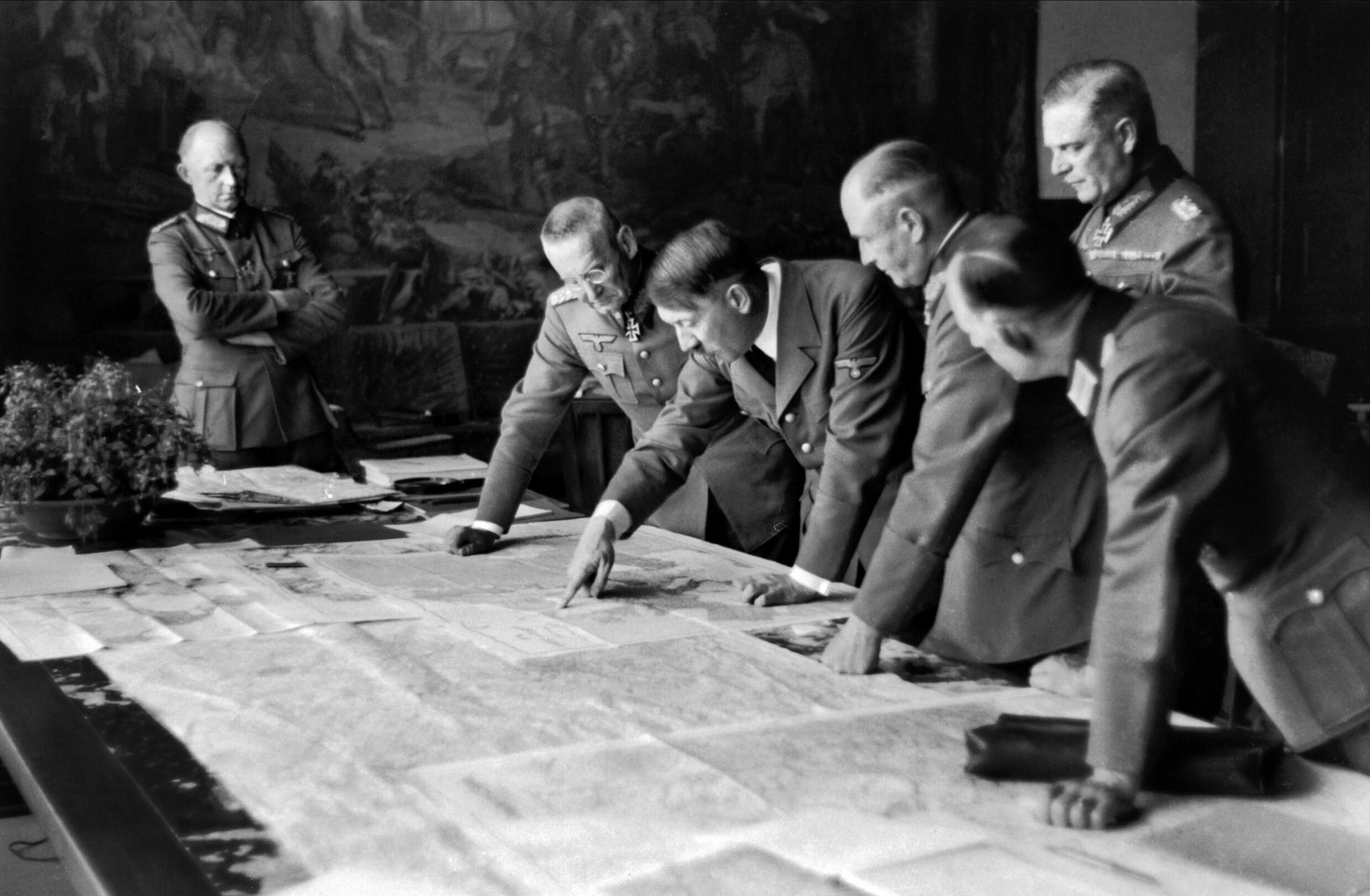

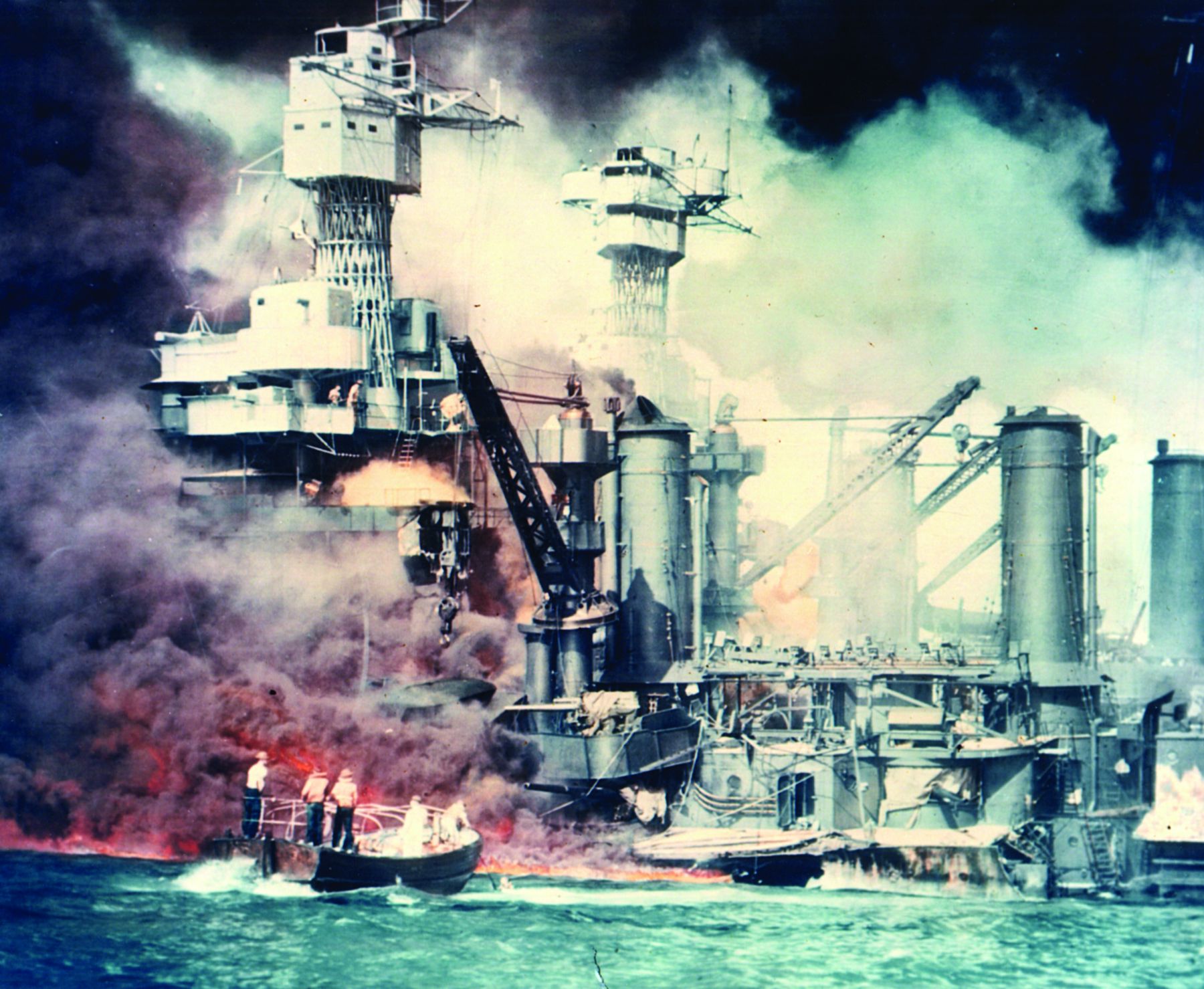
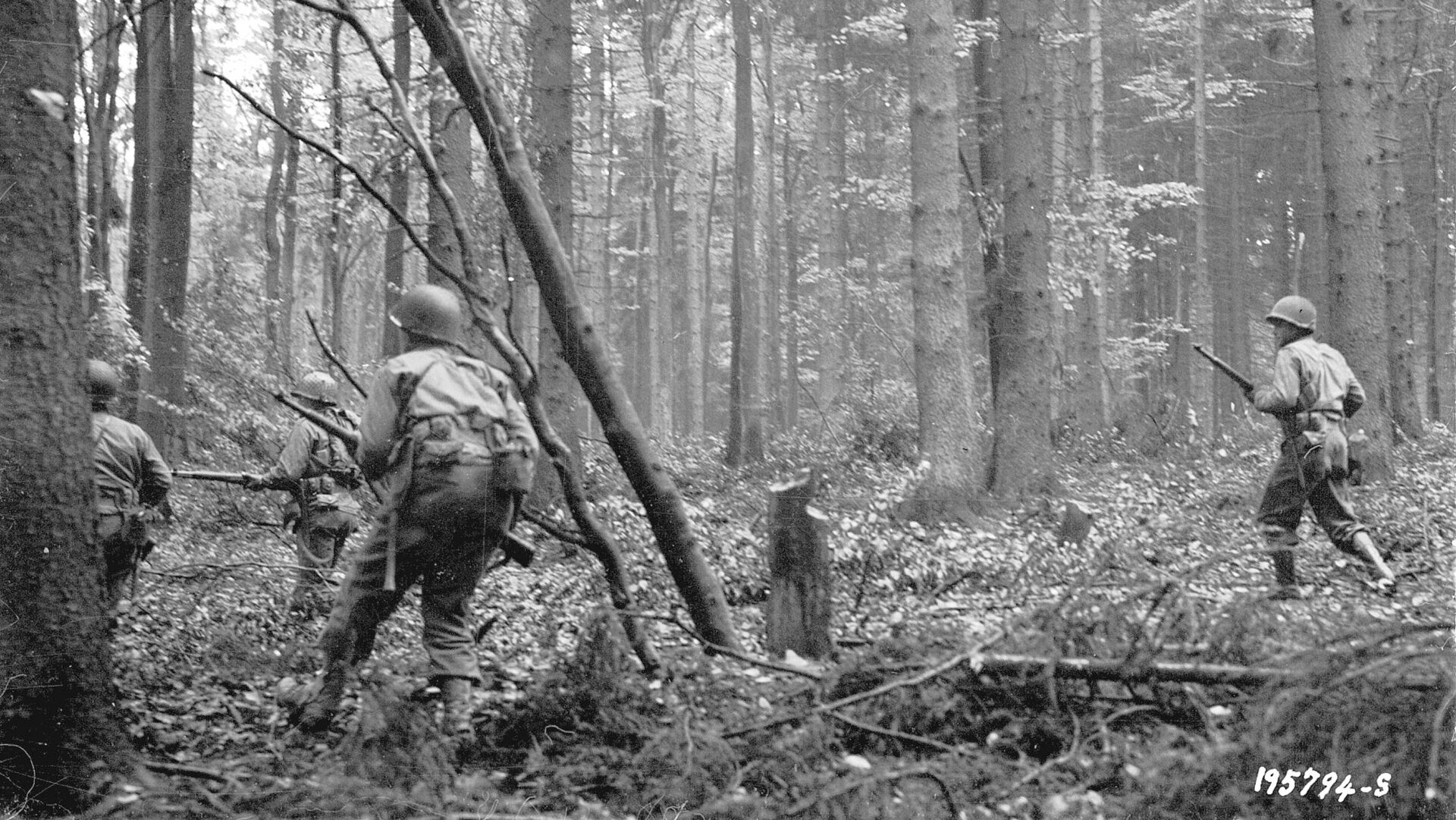
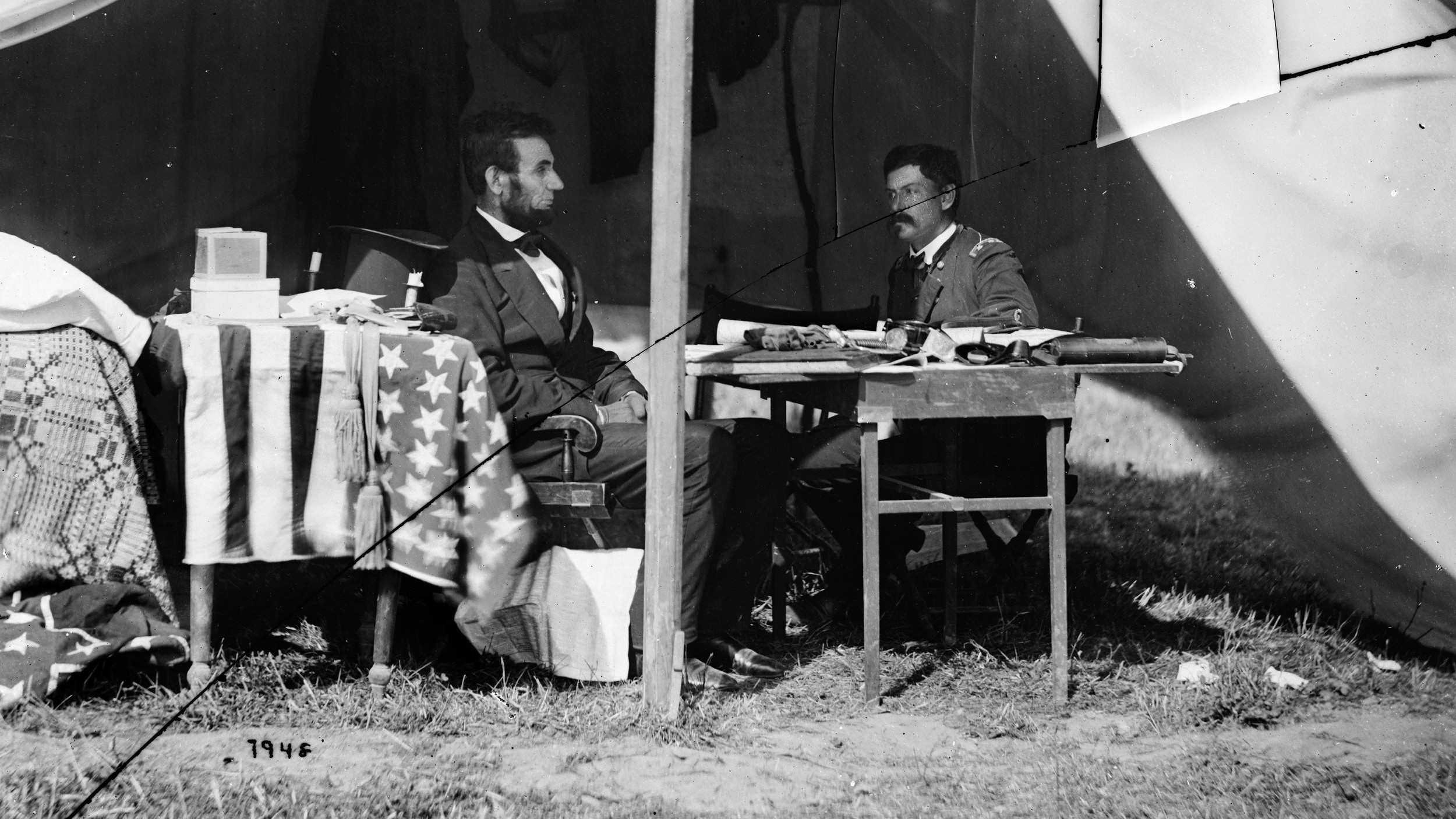
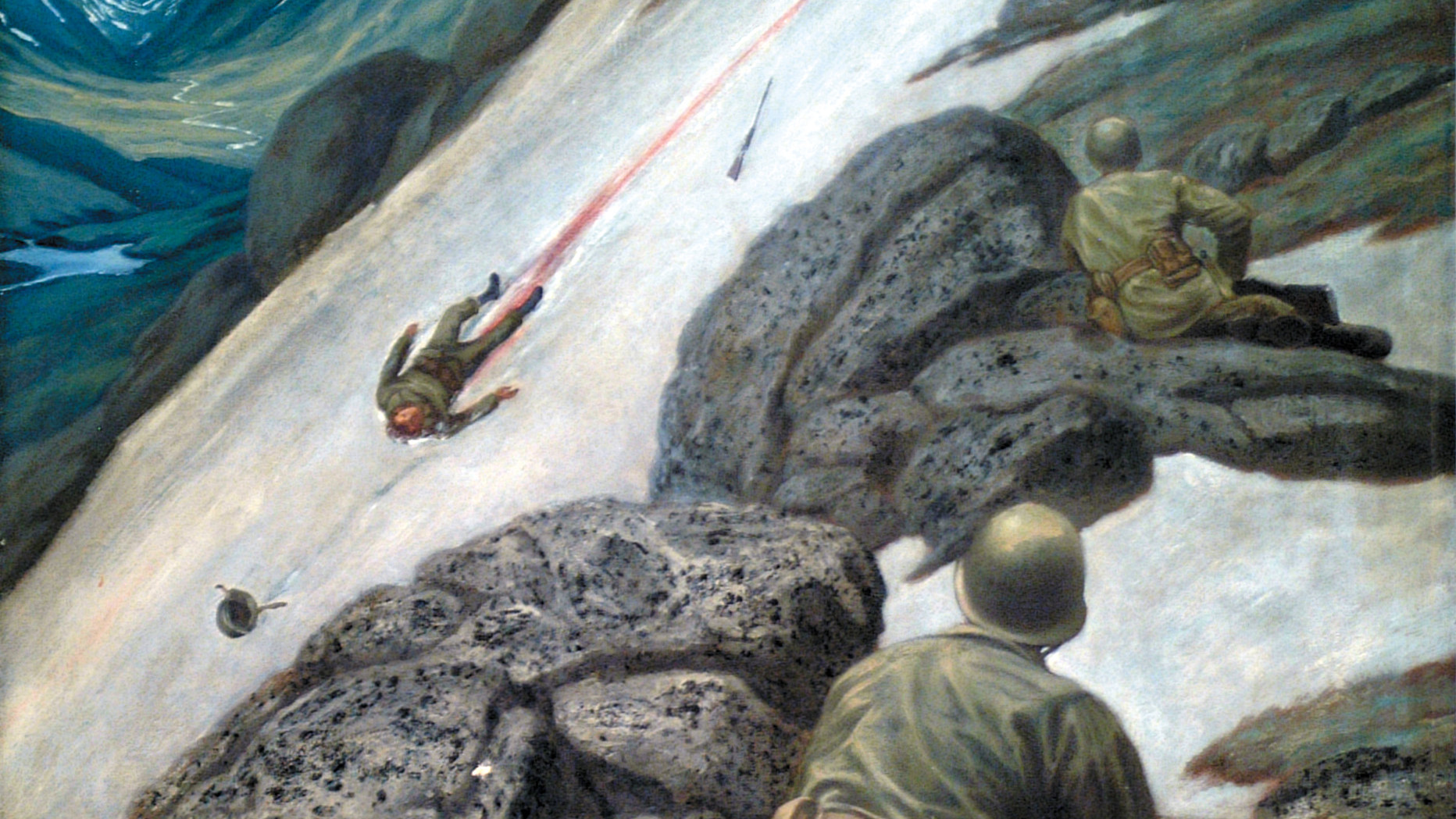
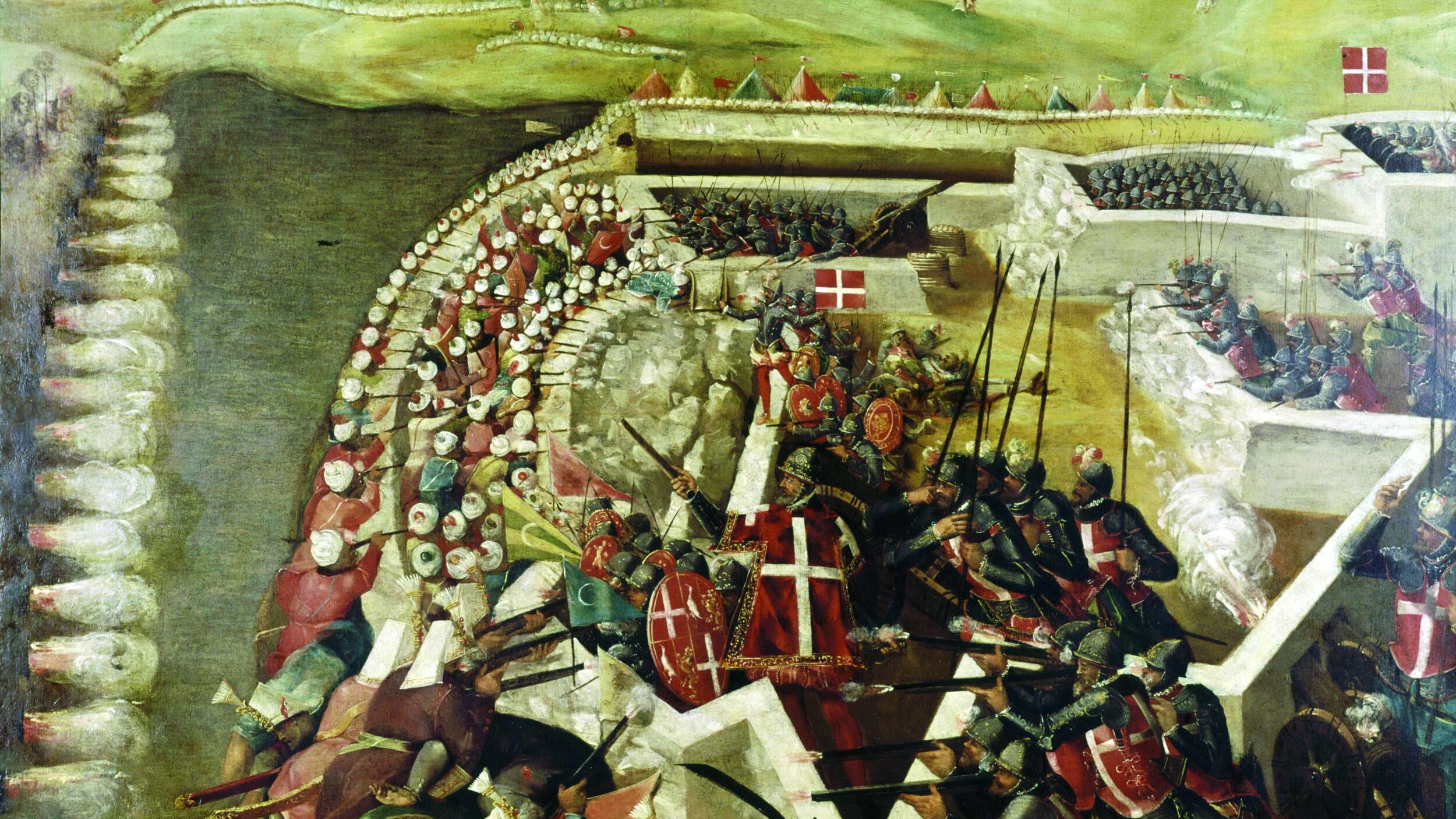

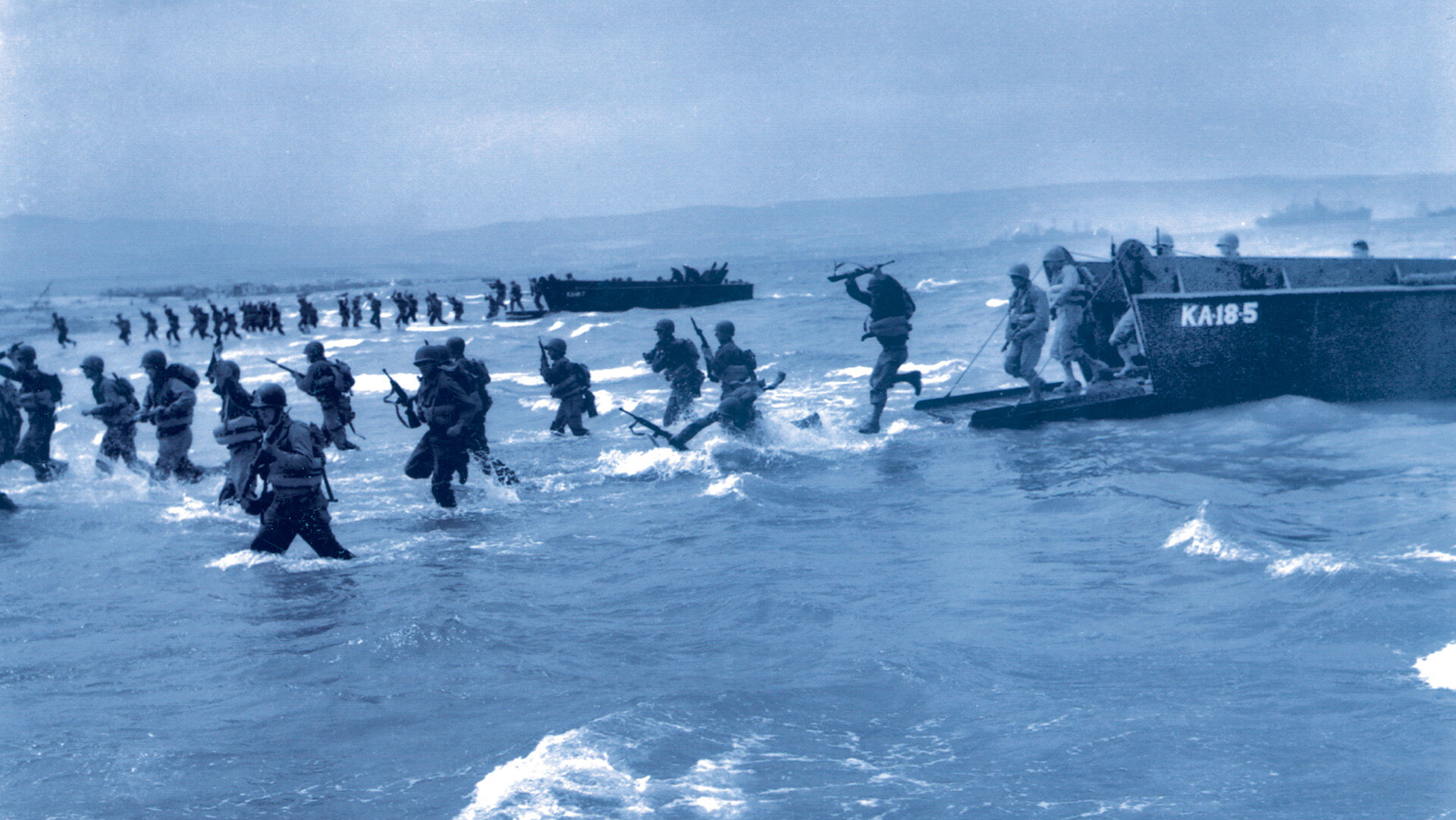
Join The Conversation
Comments
View All Comments